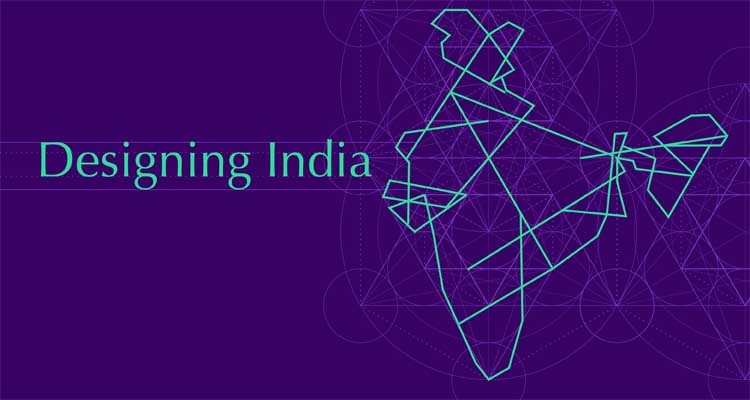
Designing India - A wider view of design
By : Sonia Manchanda

It's not enough to make design intrinsic to manufacturing or to believe that we must design in India and make for the world. When what we collectively should really be aspiring for and working tirelessly at is “Designing India”.
The Government, its Ministries and functionaries, the States and industry, the people and more - an open, progressive and creative partnership is needed, for the massive task of Designing India, for its next generation of growth, for its young population, while also demonstrating India's unique evolution as an independent nation, to the world.
This incredibly wide and amazing opportunity can be embraced by design. Only by bringing design to stage zero, to create a wider, more expansive view, where people are not a constraint, but the driving force; and a deep understanding of their needs and aspirations takes center stage. Design can then be the catalyst – to imagine future possibilities while grappling with complexity, celebrating diversity while integrating multiple perspectives, resolving conflicts beautifully to develop powerful strategies and scenarios.
User centered design thinking has to be core to policy development, planning new cities and to all thinking, be it with regard to emerging cultures or to the future of agriculture.
Just an example – Denmark innovates across agencies and has set up what they call 'Mind Lab' to innovate and collaborate across agencies and industry.
Design is functionality and aesthetics in the context of products or product design but that's not all it is – it is sustainable strategies and business models that benefit the environment, the user, the manufacturer and ultimately the nation. Design is infrastructure, interiors and spaces with craft and aesthetics integrated but before that it has to be experiences that we conceptualize, for people, giving heed to their many different needs and challenges and thinking of designing/redesigning behaviours.
Design is brand, communication and connection – but before that it is the design of strategy, of a plan and of movements that are self sustainable, that create the right churn, to transform people and the nation altogether.
Design is not packaging, it is mindfulness, it is the soul that becomes manifested as mind and body. We really must unlock our understanding of design to unleash our immense potential as a nation. Our deep roots need new seeds of ideas with a lot of sunshine and nurturing. For this, we will have to let go of a narrow view of design.
Not too long ago, we had just one premier institution of design (NID) in India and very little understanding of the application or the immense potential of this strange discipline and practice. One that bridges science and art, functionality and aesthetics, thought and craft. I had the privilege to live, learn and grow at the National Institute of Design, where progressive inclusive thinking and the conceptualization of sustainable strategies were given as much weightage as skill and craft. Rootedness and heritage were as important as integration and competitiveness within the global context. While I specialized in Visual Communications and also learnt the art of film-making - I quite naturally developed a wider view of design. Imbibed mostly in the foundation year while learning about the design process, I became very excited about the possibility of transformation offered by
design, a clearly holistic view vs a reductionist approach.
As a practitioner, over the years, I have witnessed a silent and slow spread of the idea of design in our nation. In the last three to five years, we have 'more' design. More institutions, more design practitioners, more design students, design integrated as a department at premier institutes, many more large corporations familiar with the notion of design thinking and more visibility through
design events.
I would like to argue that more than 'more design', we must have more mindfulness of design. As design's chances of success grow exponentially when it is deployed first as a way of understanding and thinking as well as a method and strategy before it is employed as a skill and craft.
In the here and now, some creative leaders have integrated design within business for scale and impact and are reaping the benefits, some visionaries in the public space have begun to think in a user centric way. However, in our sovereign, socialist, secular, democratic republic, when we take a look around, clearly there are enough remaining challenges and opportunities!
To apply design to a very wide set of problems and contexts, we need to make a fundamental shift and bring design to the center, thinking around people, creating new possibilities, expanding the potential for both purpose and profit while Designing India.
Sonia Manchanda
Founder & Creative Chief
SPREAD
